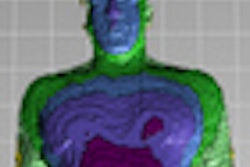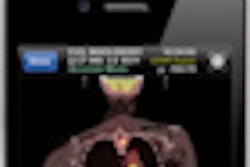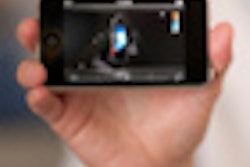Education Exhibit | LL-INE2403 | Lakeside Learning Center
In this exhibit, researchers will highlight the potential of Microsoft's Kinect technology as a PACS user input device in the operating room (OR).Because traditional input devices such as the mouse and keyboard are not well-suited to sterile environments where physical contact is prohibited, a University of Pittsburgh Medical Center team adapted Kinect to detect specific user motions and translate them to keyboard or mouse inputs.
The researchers found that using gestures for basic PACS functions is feasible. However, gestures must be chosen carefully and be intuitive to the user, as well as sufficiently different from normal movements to be effective in the OR, said presenter Dr. Yun Sheu.
Space limitations in the OR and the amount of personnel typically present during a case pose challenges to the Kinect sensors, Sheu also noted. In addition, Kinect is not a true replacement for a mouse, as mouse-intensive actions such as moving windows and measurements are much more difficult to control with gestures, he said.
"Truly optimized motion-controlled image navigation will require bypassing the traditional keyboard and mouse-based commands through the creation of a novel PACS based around gestures and directly integrated with the Kinect sensor," Sheu said.




















